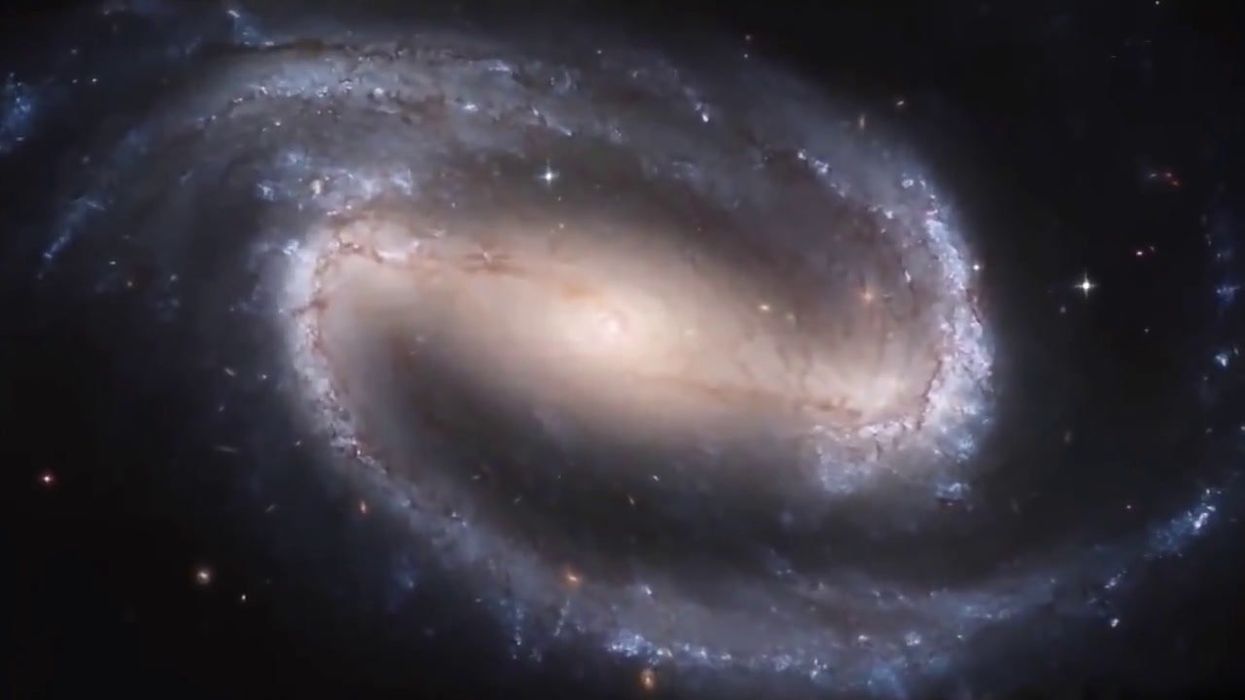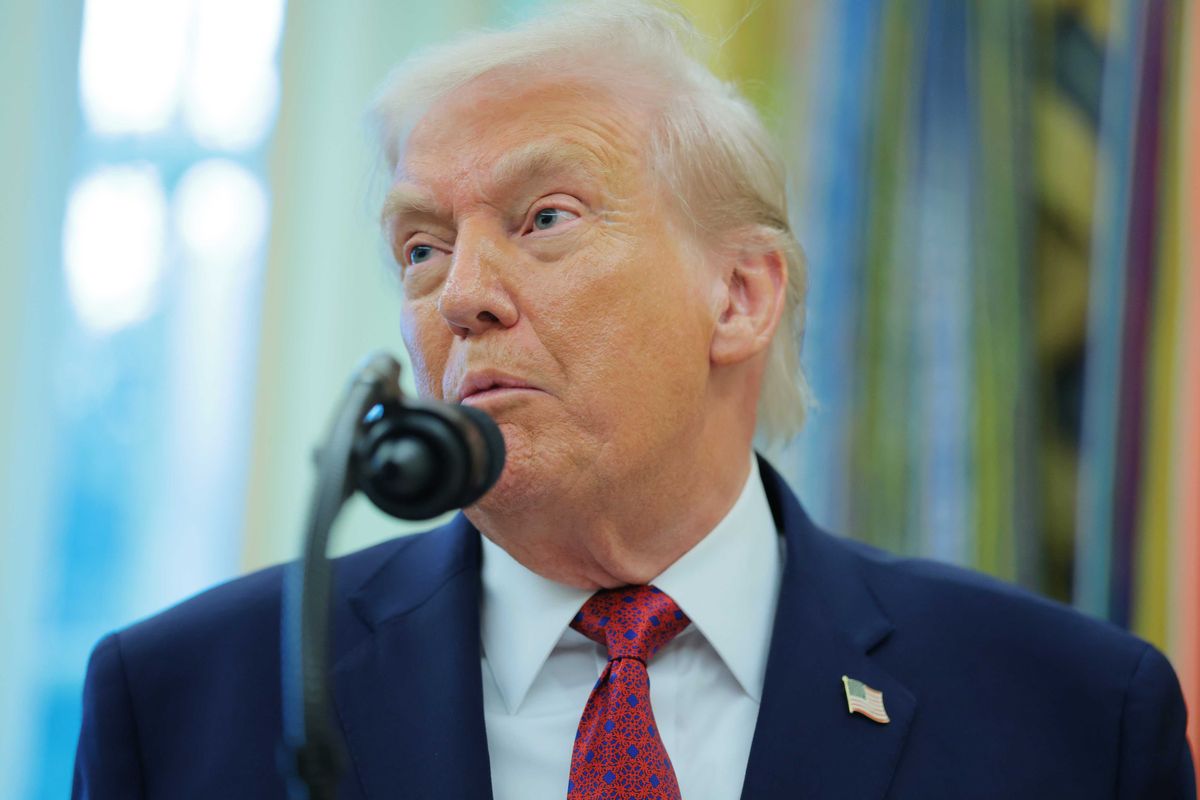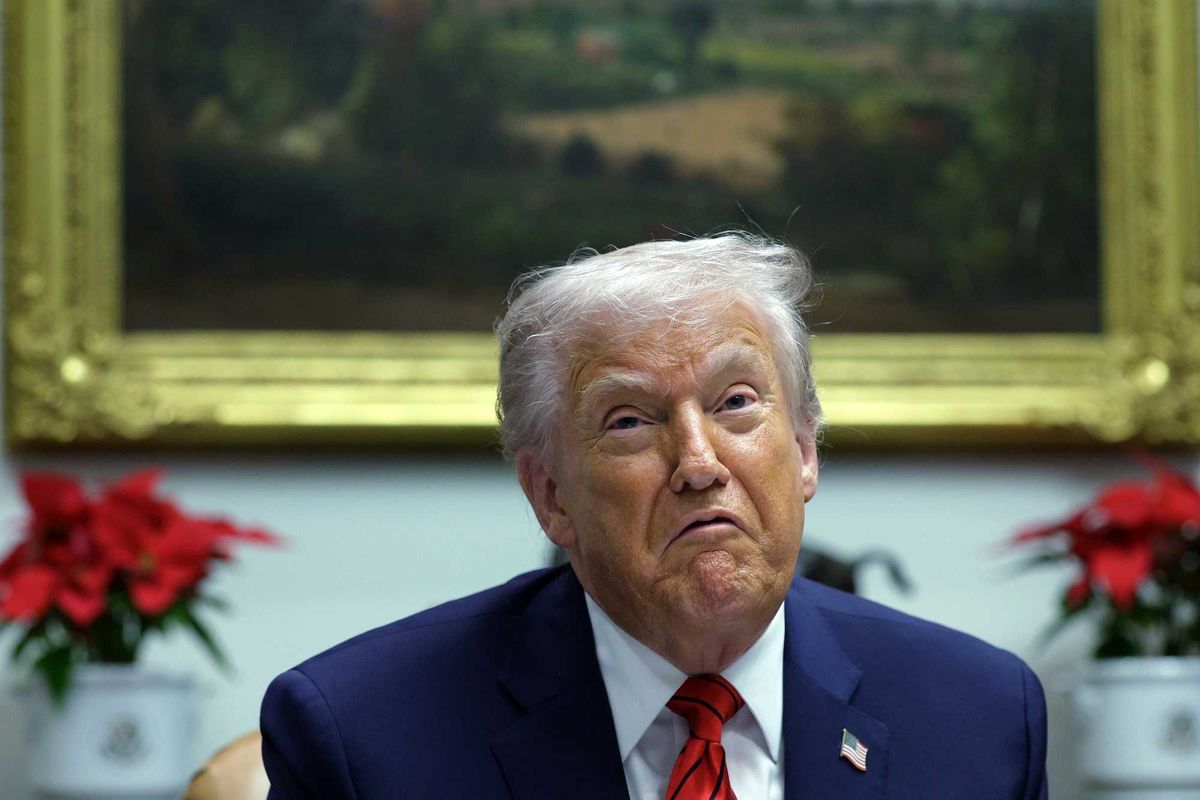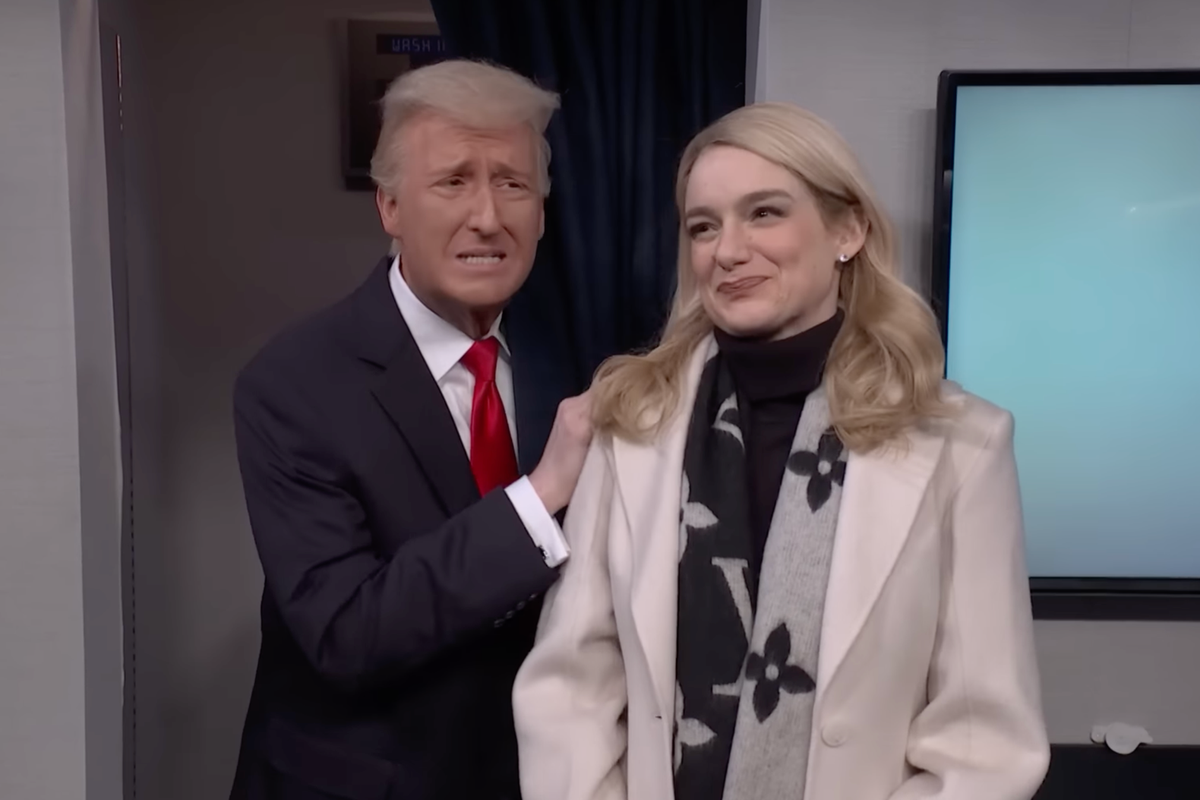Science & Tech
Jake Brigstock
Sep 08, 2024
INSIDE OUTER SPACE - Hubble
Switch - Discover More / VideoElephant
The scientific controversy of the Hubble tension has deepened even further with new findings suggesting it might not even exist - and that there could be an even deeper mystery.
The Hubble tension is the name given to the head-scratcher for astronomers who have found the universe appears to be expanding at different speeds depending on where they look, reports Live Science.
The James Webb Space Telescope (JWST) came online in 2022 and is the largest, most powerful and most complex telescope ever launched into space.
That same year, one team of researchers confirmed the Hubble tension exists.
But new findings from a different research team using the same equipment suggest this might be because of measurement errors and it might in fact be an illusion, although this is not conclusive either.
Wendy Freedman, an astrophysicist at the University of Chicago and lead author of the new study, told Live Science: "Our results are consistent with the standard model. But they don't rule out that there's a tension there too.
"[The experience] is probably the closest thing to a rollercoaster - it's been exciting, but there are these moments when you've got to climb the hill again."
However not all scientists agree with the findings.
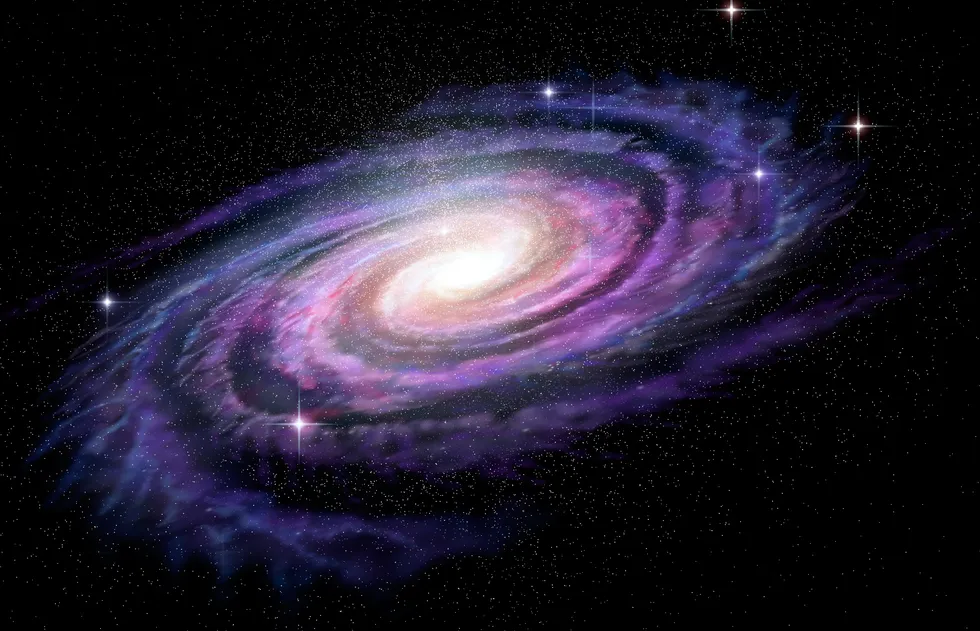
Adam Reiss, a professor of astronomy at Johns Hopkins University, and his team measured the Hubble constant recently and found a high value they were not expecting as it showed an illogical difference between methods measuring the expansion rate in the early universe and those in the more modern one.
The Hubble constant is a value that describes the expansion rate of the universe.
Freedman and her team had much lower readings than Reiss and his team had.
"They get a lower Hubble constant because the sample they selected gives a lower Hubble constant," he said. "They chose a very small sample ... and they chose these from the tail, not the middle of the distribution."
This was countered by Freedman, saying the measurements of more distant stars have a "fatal" systematic error and that the answer is to make more measurements.
How to join the indy100's free WhatsApp channel
Sign up to our free indy100 weekly newsletter
Have your say in our news democracy. Click the upvote icon at the top of the page to help raise this article through the indy100 rankings.
Top 100
The Conversation (0)
